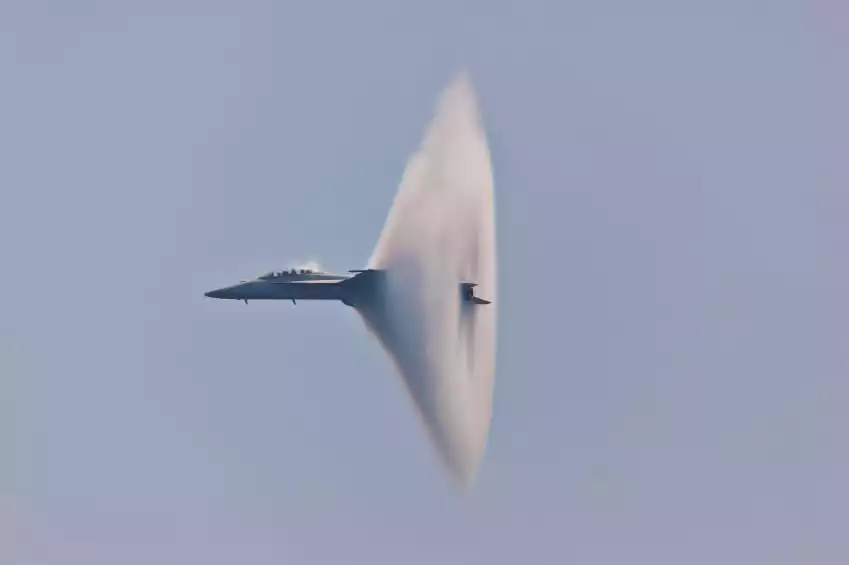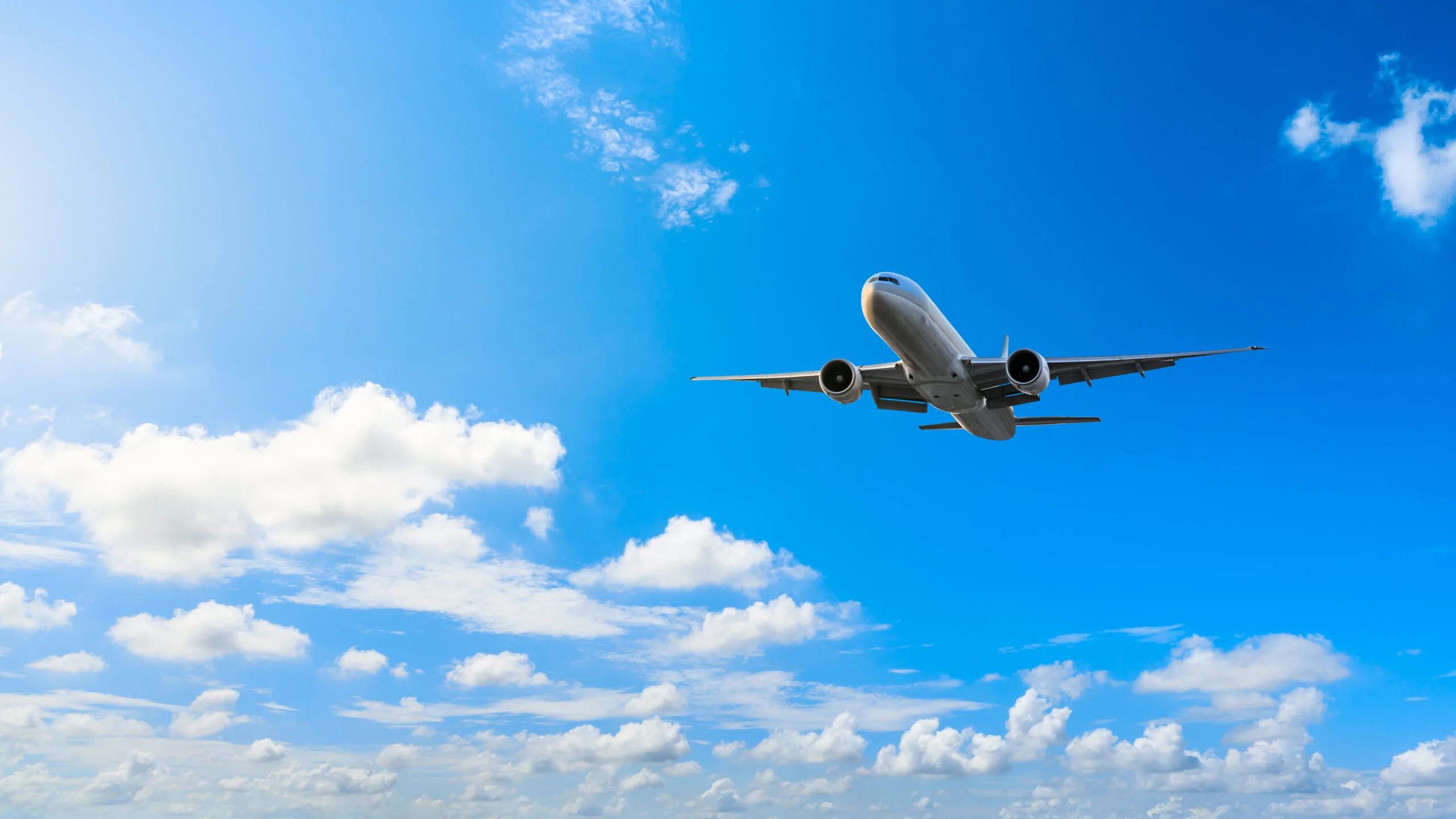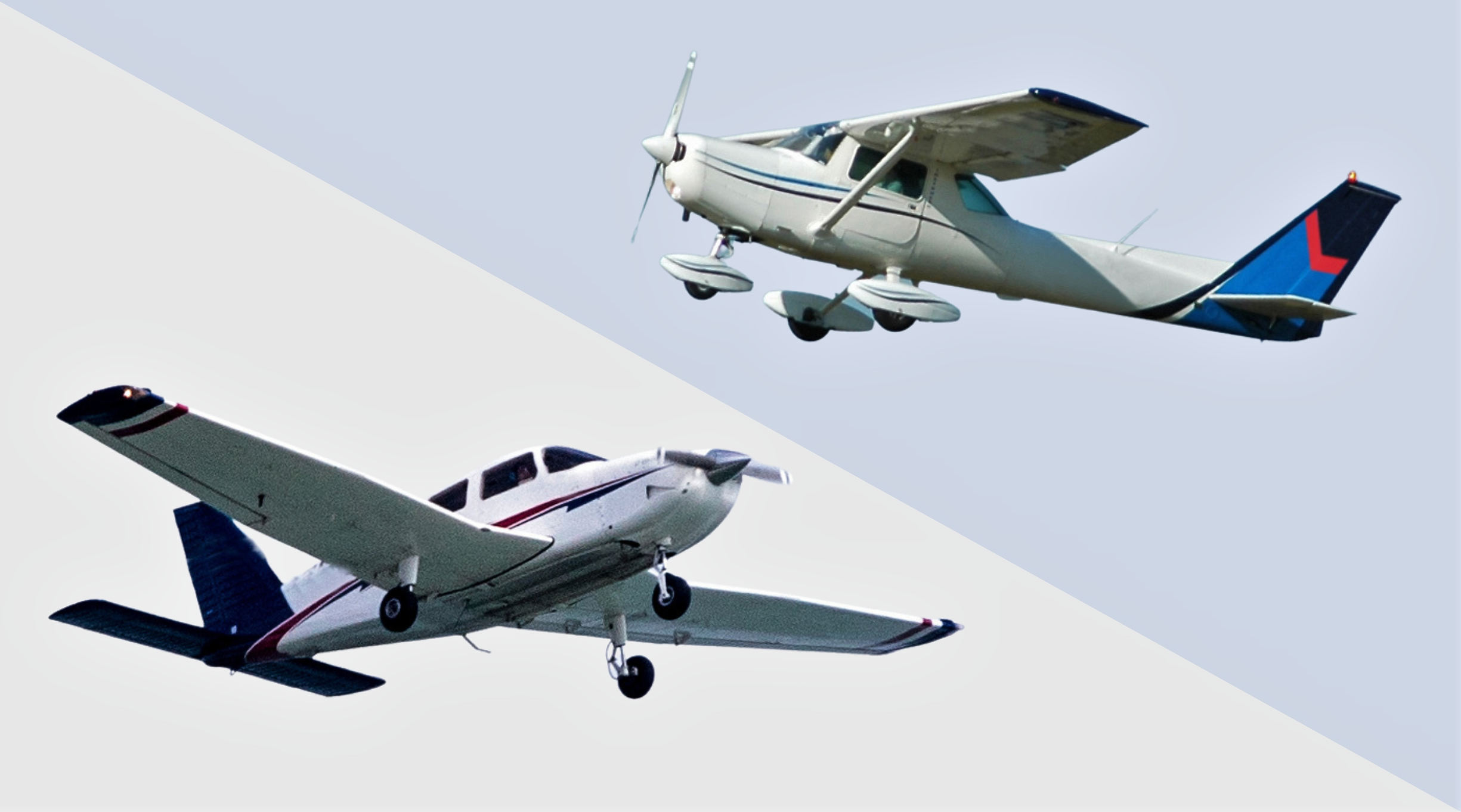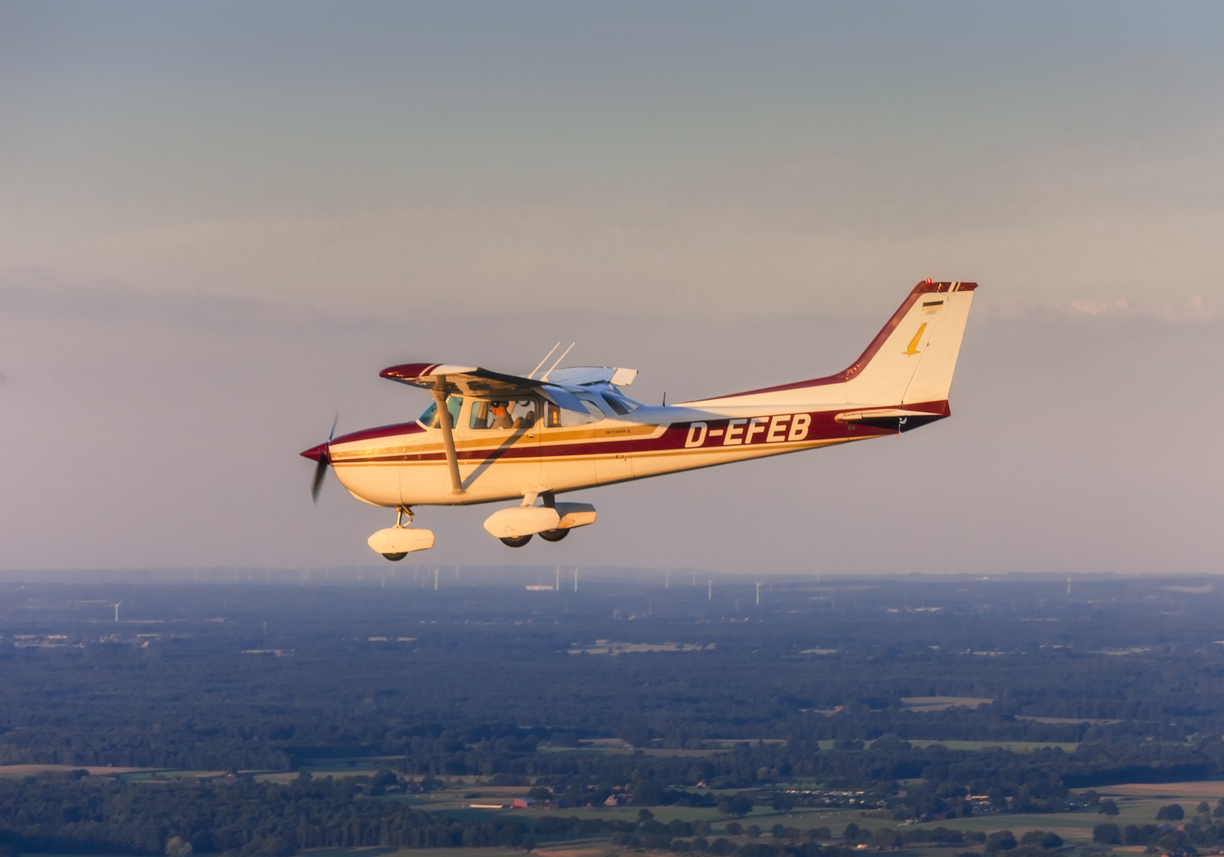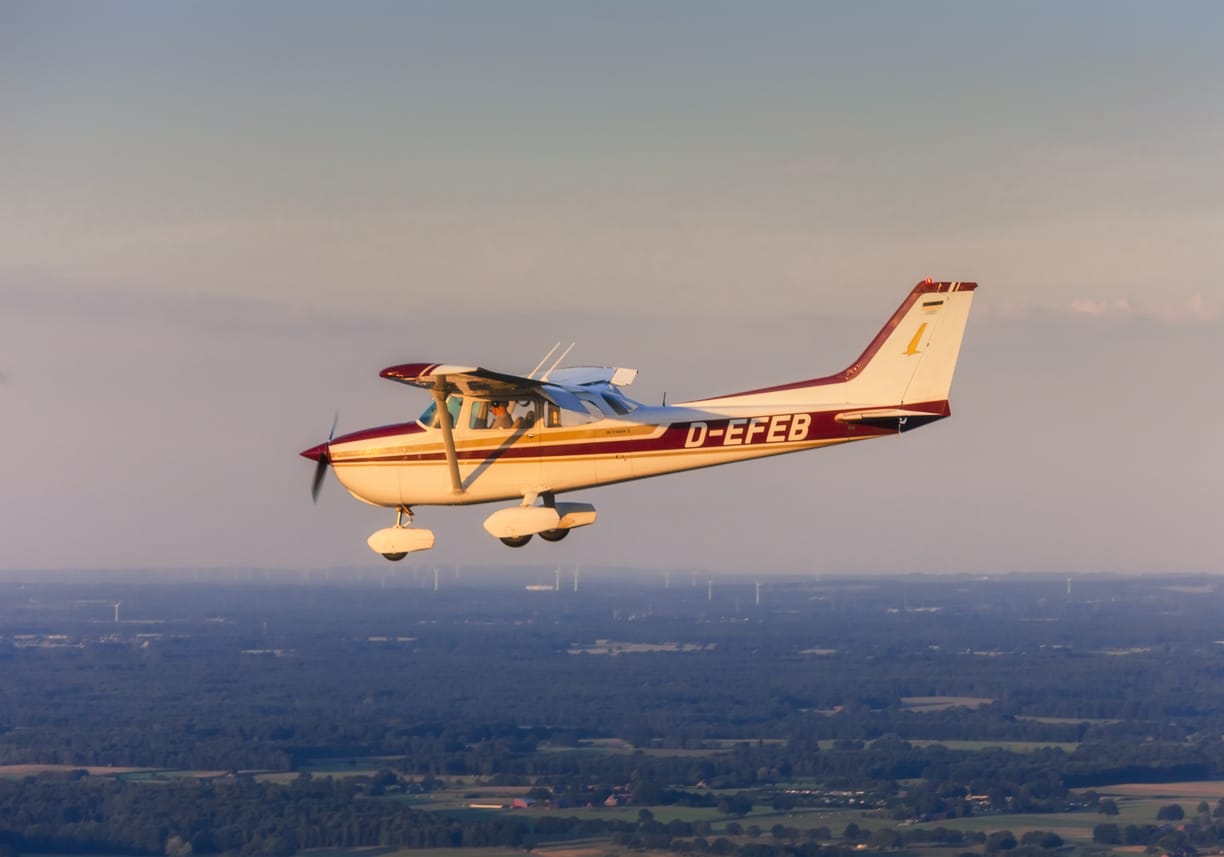To understand the kinds of various speeds airplanes reach, it’s important to also understand how airspeed is measured in aviation and what it means for you as a pilot. Remember that atmospheric conditions, temperature, the weight of the aircraft and its cargo, and other factors all come into play when discussing the speed of an airplane.
For example, most passenger jets with larger engines cruise along somewhere between 550-600 miles per hour. And the US Air Force’s Blackbird by Lockheed clocked in at over 2100 MPH. The Concorde could fly faster than the speed of sound, and a fast-moving 777 with a good tailwind can approach Mach 1. But what does that really mean?
In order to develop as a safe, proficient, and efficient pilot, you must understand these four kinds of speed and how various aircraft reach them. Speed in the air is not measured the way it is on the ground, so if you’re seeking metaphors about cars and trains, it’s best to pretend for the moment these don’t exist. For the moment, prepare to re-learn what speed is.
Smaller Airplanes and True Airspeed
The term “true airspeed” might seem frustrating and redundant, like “true fact.” If an airplane is going a certain speed, that’s it’s true airspeed, right?
Not really. True airspeed takes into account the altitude of the aircraft and the airmass in which it is flying. It is reached after a calculation and therefore is not like the kind of speed you would see when looking at the speedometer in your car. If the air around your aircraft is undisturbed, you have a better idea of what true airspeed is.
Pilots must include their true airspeed when filing a flight plan with the FAA. They must then update air traffic control if their true airspeed changes either ten knots or five percent (whichever is more) form what was originally indicated. This helps controllers adjust to your flightpath and warn you of potentially dangerous weather conditions.
Smaller, single engine airplanes which are not capable of reaching “thin air” and high altitudes, such as Cessnas or Pipers, tend to fly closer to sea level and at lesser speeds. That means they are likely hugging close to the International Standard Atmosphere,. The ISA takes into account temperatures, density, viscosity, and pressure. ISA plays an important role in standardization for the aviation world. It helps pilots, engineers, and aviation scientists in different parts of the world to have a common point for understanding pressure and temperature. The ISA varies depending on which altitude is under discussion.
Therefore, since smaller, propeller-driven airplanes tend to fly lower and slower, as their performance limitations indicate, their true airspeed tends to remain close to their indicated airspeed, especially if wind is not in play.
All Aircraft and Indicated Airspeed
So what’s indicated airspeed? It’s somewhat simpler than true airspeed. Indicated airspeed is measured via a pitot tube outside the aircraft, and shows up directly on an instrument in a cockpit. It takes into account static pressure as well as total pressure to determine dynamic pressure. When indicated airspeed is discussed in terms of knots, it is called KIAS, or Knots-Indicated Air Speed.
Pilots become familiar with KAIS because it can help them to prevent a stall. If an airplane is flying too slowly for its performance limitations and atmospheric conditions, airflow over the wings will cease, and the pilot must recover.
Since pilots who are flying below supersonic speeds or transonic speeds use KIAS as a reference point most often, the majority of sport, commercial, and private aircraft are concerned with it. Pilots of non-military jets (and even military aircraft when flying below Mach 1) need to keep a close eye on their airspeed, so this applies to… all pilots.
Smaller, Light Sport Aircraft and Calibrated Airspeed
Pilots of airplanes which fly at low airspeeds, such as light sport aircraft, need to become familiar with calibrated airspeed. Errors can appear if an airplane’s nose is pitched at a high angle. Calibrated airspeed refers to indicated airspeed after it is corrected for potential instrumentation errors. It helps pilots to navigate properly and to understand how dynamic pressure is affecting the aircraft.
Calibrated airspeed is abbreviated as KCAS. The almost universal use of GPS in the cockpit has largely eradicated the use of calibrated airspeed where navigation is concerned. However, it’s still important to comprehend what calibrated airspeed means in terms of an aircraft’s weight.
All Aircraft and Groundspeed
“Groundspeed” is the kind of speed people usually think of when asking how fast an aircraft can fly or is flying. Ironically, groundspeed is usually of the least use to pilots when it comes to calculations and performance. It is the speed relative to the Earth as the airplane flies along. If you have been on a long commercial flight and saw a running counter of your aircraft’s speed on a screen suspended from the ceiling or embedded in the seatback in front of you, it was probably indicating your groundspeed.
However, unlike reading the speedometer on a motorcycle or SUV, groundspeed takes wind into account. For example, if an airplane had a true airspeed of 150 knots and a 50 knot tailwind, its groundspeed is 200 knots. Groundspeed is also lessened when the aircraft is encountering a headwind. If you are flying at a true airspeed of 150 knots and a headwind is pushing against you at 50 knots, your groundspeed is 100 knots.
This seems easy enough to understand, but it doesn’t encompass all phases or types of flight. Groundspeed only describes how quickly an airplane is moving horizontally. For example, what if an aircraft is ascending vertically at a 90 degree angle? How fast is it going? Since it’s not “moving along the ground,” its groundspeed is zero. Crosswinds must be taken into account as well.
Groundspeed is shown in the cockpit by the airspeed indicator and measured by groundspeed radar. It is usually also part of most GPS systems.
Ready to soar in your aviation career?
Mr. Matthew A. Johnston has over 23 years of experience serving various roles in education and is currently serving as the President of California Aeronautical University. He maintains memberships and is a supporting participant with several aviation promoting and advocacy associations including University Aviation Association (UAA), Regional Airline Association (RAA), AOPA, NBAA, and EAA with the Young Eagles program. He is proud of his collaboration with airlines, aviation businesses and individual aviation professionals who are working with him to develop California Aeronautical University as a leader in educating aviation professionals.
